| |
The
Medway Maritime Museum
Michael bought
the Empire class steam tug Cervia and Martin bought a smaller
TID class tug Biddick, but later changed it for one in better
condition, TID 164.
|
| |
|
|
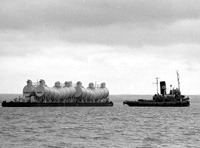
|
The way their
living museum would survive was unconventional. The exhibits would
earn their own keep. |
|
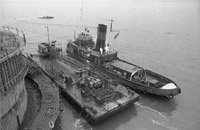
|
They would be
kept in class and in good condition by having a crew on board.
They worked under the trading name of ITL International Towing
Limited. |
|
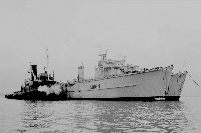
|
The work included
towing batching plants to the oil rig building sites in Scotland,
a crane barge to the Humber Bridge construction site, various
barges, and redundant vessels for scrap. |
|
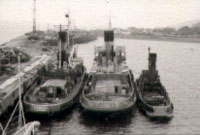
|
The idea worked
and the fleet doubled in size with the addition of the steam tug
Goliath and the steam paddle tug John H Amos. |
| |
John H Amos was
to be an exception to the rule.
She did not work.
Because she was
so special and about to be scrapped, the Medway Maritime Museum
took her into safe keeping.
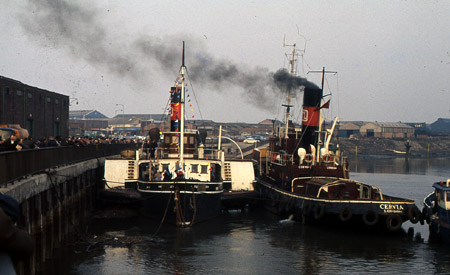
When the two
friends decided to go their own ways the fleet was divided.
Michael kept Cervia and Goliath and Martin took on responsibility
for TID 164 and John H Amos. Michael went into commercial tug
restoration and Martin continued with the museum concept.
Even without
the discipline of working the vessels Martin found it possible
with volunteers to maintain TID 164 in reasonable condition.
John H Amos was a different matter.
|
|
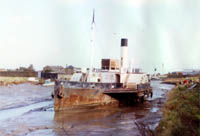
|
To find a mooring
and keep her afloat was all that could be achieved and even
that was not always possible.
It was not until
1999, when the National Historic Ships Committee recognised
John H Amos as a vessel of 'pre-eminent national significance',
that things began to change.
|
|
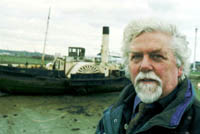
|
Martin was encouraged
by Dr. Robert Prescott, the man who had listed the tug on the
'Core Collection,' to form a Charitable Trust. In 2001 he became
a founding trustee of the Medway Maritime Trust. |
|
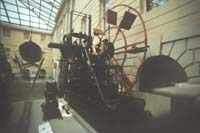
|
The
Medway Maritime Trust
John H Amos was
now the last paddle tug in the UK; the Reliant having been scrapped
by the National Maritime Museum and the Forceful used as a missile
target. Every effort had to be made to save the John H Amos.
With a view to
making an application for a full Lottery Grant, the Heritage
Lottery Fund granted a Project Planning Grant to assess the
project.
|
|
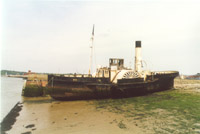
|
The John H Amos
was on a disused slipway in Chatham Dockyard which was designated
for development. No progress could be made until she was moved.
She could not
be trusted to survive a tow so the only answer was to put her
on a pontoon.
|
| |
The pontoon which
was acquired could not be insured to be submerged so it was decided
to lift the John H Amos straight from the slipway onto the pontoon.
The lift was
achieved in March 2008.
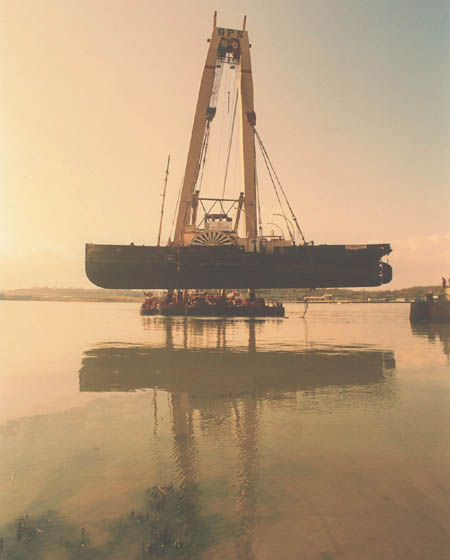
In the meantime
Martin Stevens had further developed the role of the Medway Maritime
Trust. With his experience of saving vessels at risk he decided
to see if he could rescue ships and pass them into the safe-keeping
of a trust which would ensure their future.
The Medway Maritime
Trust would acquire deserving historic ships. It would work
out a specific business plan for future maintenance, set up
a trust according to a safe formula, transfer ownership and
remain involved in an advisory role.
|
| |
VIC 96, a steam
coaster, was bought from someone who was about to scrap her
and has now been restored by a group of volunteers.
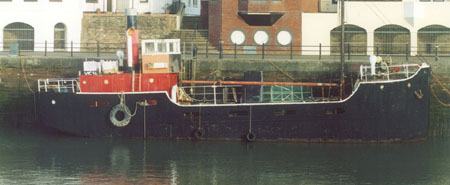
|
|
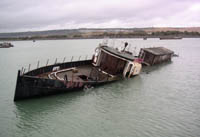
|
Vigilant, a 1902
Customs Cruiser on the 'Core Collection', was rescued from a
scrapyard and will be transferred to a trust for restoration
and preservation.
To adhere to
the same principles even the John H Amos will have a trust of
her own.
|
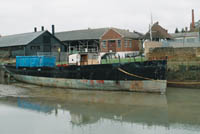 |
The aim of the
Trust is to pass on the experience of three decades to those who
wish to preserve our maritime heritage and make that task easier
to achieve. |
| |
|
| |
|